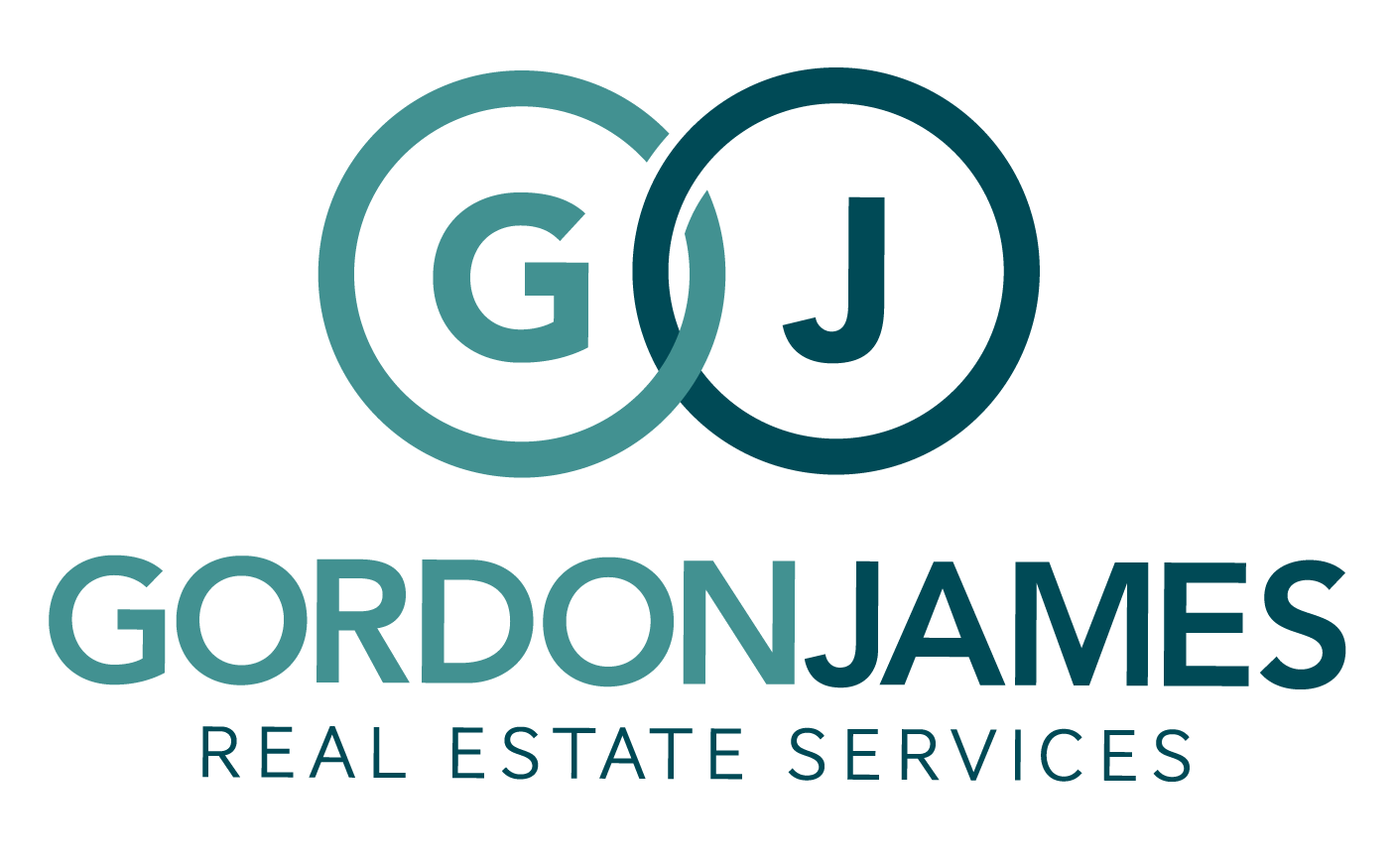Understanding Robert’s Rules Of Order On Debates

Robert’s Rules of Order on debates provides valuable insights into how organizations can successfully foster constructive discussions. Organizations, including HOAs, can employ debates as a positive avenue for exploring ideas in their meetings. Ensuring a respectful and orderly debate is essential to reduce interruptions.
Browse By Category
Sign up for Our Newsletter
Robert’s Rules of Order on debates provides valuable insights into how organizations can successfully foster constructive discussions. Organizations, including HOAs, can employ debates as a positive avenue for exploring ideas in their meetings. Ensuring a respectful and orderly debate is essential to reduce interruptions.
Key Guidelines for Robert’s Rules of Order on Debates
Here are the most important guidelines when following Robert’s Rules of Order on debates.
1. Recognition Protocol
Before commencing a speech, the presiding officer must formally acknowledge the member. It is generally not allowed to speak while sitting down. The exception to this is if it’s a less formal meeting.
2. Order of Speaking
The member who proposed the motion holds the right to speak first. Each member can speak twice on the same day. A member may only speak a second time after everyone has had a chance to do so. Generally, the time limit for speaking is 10 minutes, though an organization’s rules may say otherwise.
3. Relevance and Conduct
Debates must relate to the motion. Members must address their comments to the chair directly. Cross-talk is not allowed, and courtesy is expected throughout. Personal attacks or inflammatory statements are not allowed.
4. Stating Position
Members should declare their stance before addressing a motion. If a member is in favor, they say, “I speak for the motion.” On the other hand, if a member opposes the motion, they say, “I speak against the motion.”
5. Balanced Debate
When discussing controversial topics, the presiding officer should alternate debate between members who are in favor of the motion and members who are against it. This ensures a balanced discussion.
6. Restrictions on Speaking
The member proposing a motion can’t speak against it. However, they can vote against it if the discussion sways their decision. The member who seconded the motion can speak against it. This is because a member may second a motion out of a desire to discuss it.
7. Reading and Disturbances
A member may not read from a manuscript without permission from the assembly. However, they may present brief, relevant extracts. Members should also refrain from causing disturbances during the discussion.
8. Presiding Officer’s Role
If the presiding officer wishes to participate in a debate, they must relinquish the chair role to an impartial officer or member. Members may not transfer their speaking time to others. The presiding officer must remain impartial throughout, but they may engage in debate after transferring the chair role to someone else.
Separating Robert’s Rules of Order on Debates
All members have a right to participate in debate or discussion concerning the main motions presented to the assembly. The only way to remove or limit this right is to make a motion to limit debate or close debate. These two motions, though, need a two-thirds majority vote to pass.
The assembly can make an informed decision by considering facts and members’ arguments during discussions. Members must avoid approving a motion without thought or discussion to speed the meeting up or prevent opposition.
Not all motions, though, require discussions or debates. It ultimately depends on the situation. Below, you can distinguish between debatable and non-debatable motions.
| DEBATABLE MOTIONS | NON-DEBATABLE MOTIONS |
| Main motion Postpone indefinitely Amend Refer to a committee Postpone to a specific time Appeal from the decision of the chair Rescind Amend something previously adopted Reconsider Recess (as an incidental main motion) Fix the time to which to adjourn (as an incidental main motion) |
Limit or extend the limits of debate Previous question (close debate) Lay on the table Take from the table Call for the orders of the day Raise a question of privilege Recess (as a privileged motion) Adjourn Fix the time to which to adjourn (as a privileged motion) Point of order Withdraw a motion Suspend the rules Object to consideration of the motion Division of the assembly Division of the question Incidental motions relating to voting when the subject is pending Dispense with the reading of the minutes |
Limitations of Robert’s Rules of Order on Discussions
Members can initiate a motion to constrain debates or close them. It is crucial to recognize that the presiding officer cannot halt the debate as long as a member desires to speak. Merely shouting “Question” or declaring “It’s time to take a vote” isn’t enough to end the debate.
Debates can only be curtailed through the motion to limit the debate. Moreover, closure of debate can only occur through motions such as “previous question” or “close debate.” These motions necessitate a second, are not subject to debate, and require a two-thirds majority for adoption. While a rising vote is not officially counted, it is required.
A Healthy Debate
Adhering to Robert’s Rules of Order on debates enables members of an organization to conduct meetings without a hitch. These rules play a pivotal role in maintaining order and fostering a secure and productive discussion environment. Unfortunately, not all HOA boards are well-versed in the nuances of facilitating debates and discussions.
Up Next:
- Robert’s Rules Of Order Voting On A Motion: How To Do It
- What To Know About Robert’s Rules Of Order Motions
- Robert’s Rules Of Order Subsidiary Motions: What Are They?
Trending Now
Related Article
Sign up for Our Monthly Newsletter
Sign up below for monthly updates on all HOA Resource

















